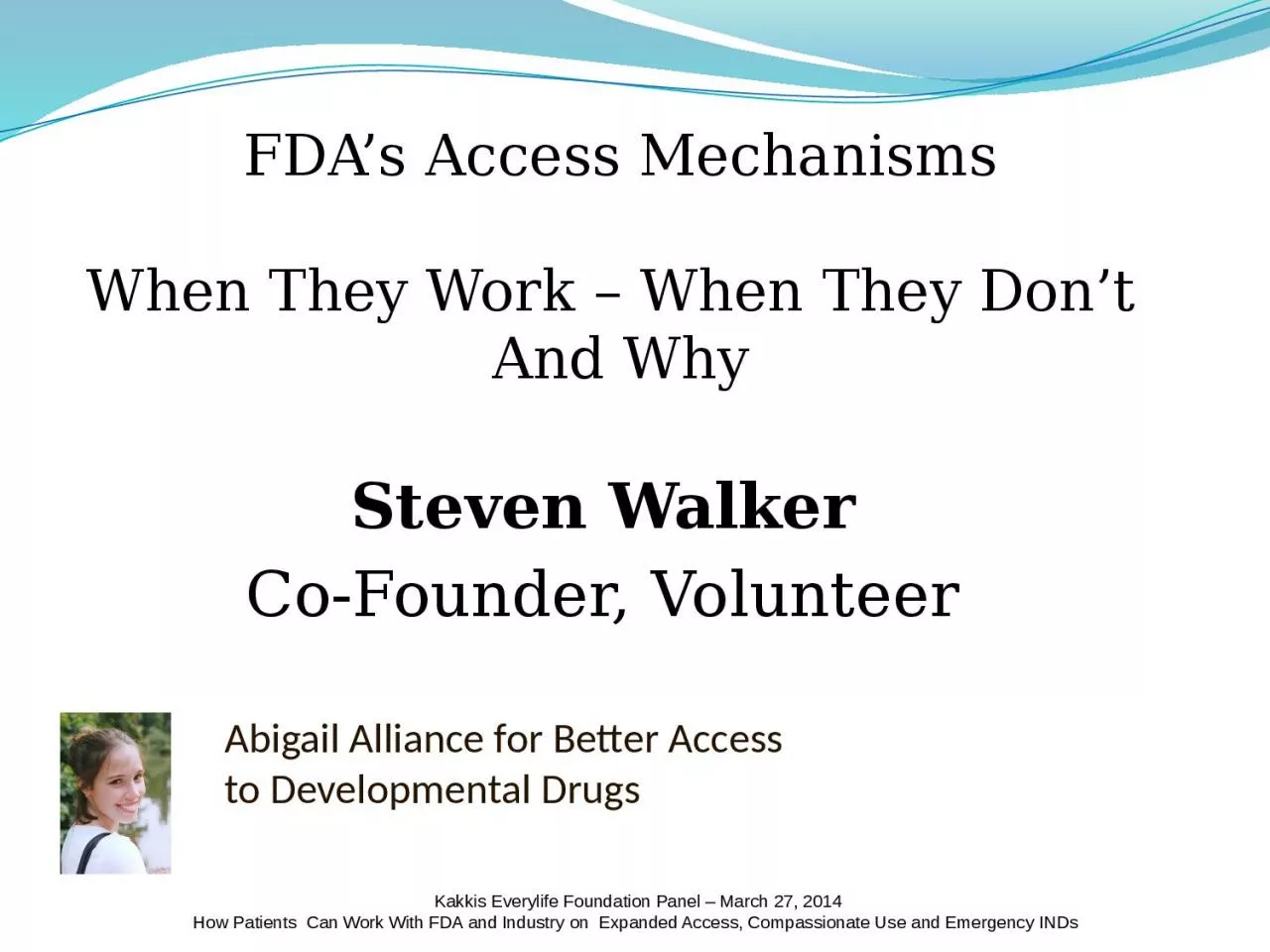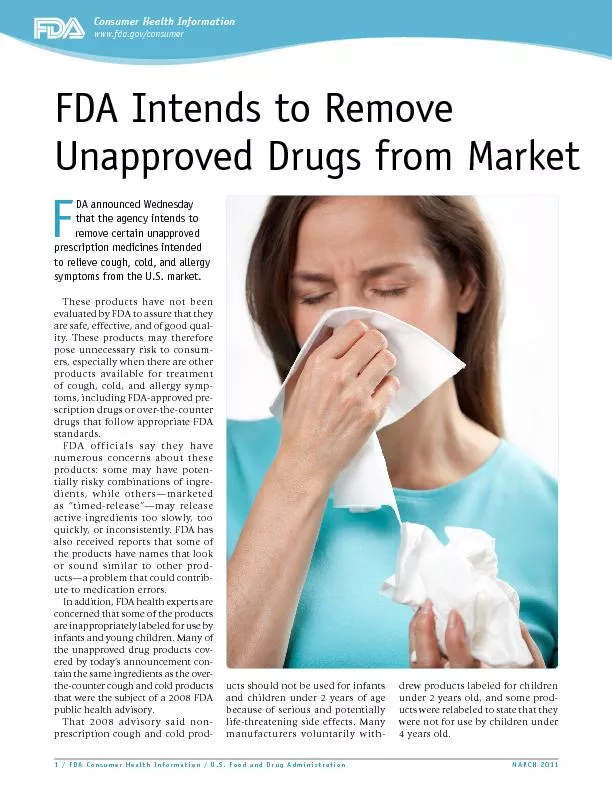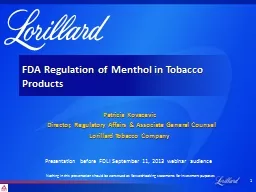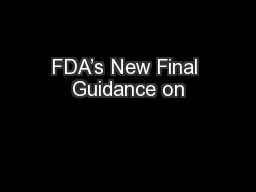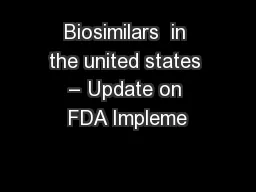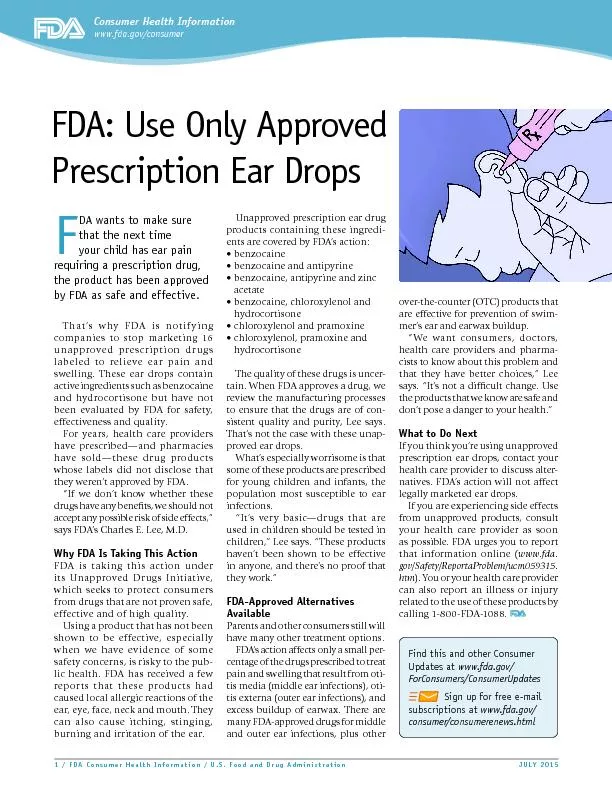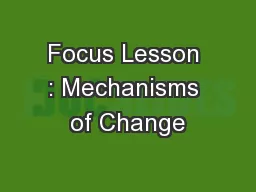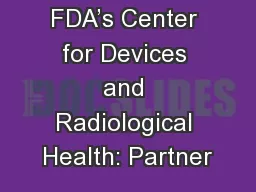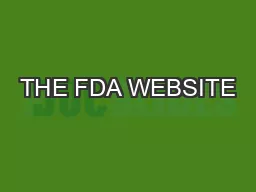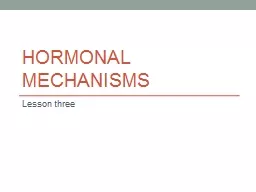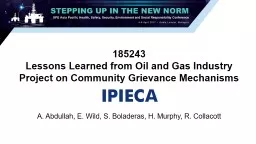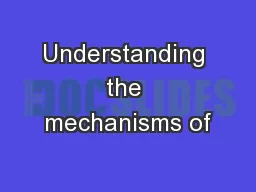PPT-FDA’s Access Mechanisms
Author : roxanne | Published Date : 2024-02-03
When They Work When They Dont And Why Steven Walker CoFounder Volunteer Abigail Alliance for Better Access to Developmental Drugs Kakkis Everylife Foundation
Presentation Embed Code
Download Presentation
Download Presentation The PPT/PDF document "FDA’s Access Mechanisms" is the property of its rightful owner. Permission is granted to download and print the materials on this website for personal, non-commercial use only, and to display it on your personal computer provided you do not modify the materials and that you retain all copyright notices contained in the materials. By downloading content from our website, you accept the terms of this agreement.
FDA’s Access Mechanisms: Transcript
Download Rules Of Document
"FDA’s Access Mechanisms"The content belongs to its owner. You may download and print it for personal use, without modification, and keep all copyright notices. By downloading, you agree to these terms.
Related Documents

